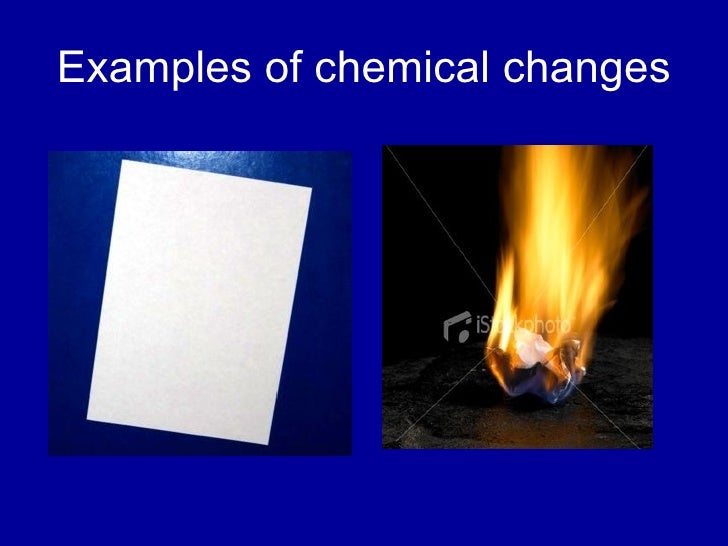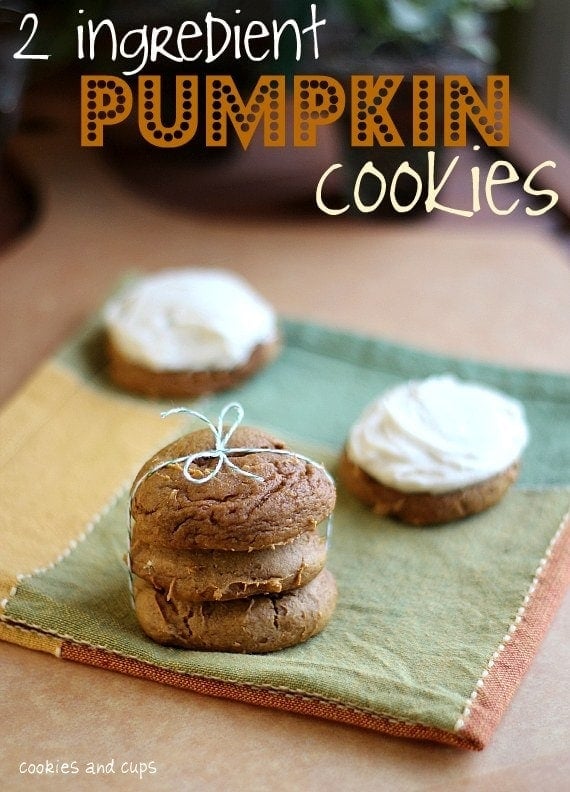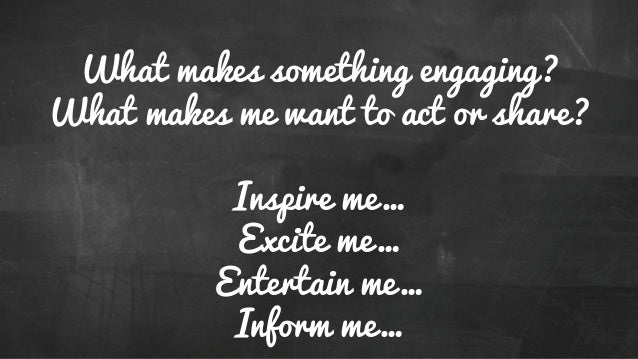What is matter?
Matter is any substance or any object that has mass and volume. Mass is the amount of matter in a substance or an object. Volume is the amount of space that a substance or object takes up. Density is the amount of mass in a certain volume of a substance or object
Other properties of matter include:
State (solid, a liquid, or a gas) example= rock,water,air
Conductivity (how easily something lets electricity or heat move through it)
Boiling point (the temperature at which a substance changes state from a liquid to a gas)
Melting point (the temperature at which a substance changes state from a solid to a liquid)
What is a element ?
An element is a pure substance whose particles cannot be broken down further and still keep their original properties.
Chemical change.
A chemical change is a change in matter that occurs when substances combine to form new substances. For example, sugar undergoes a chemical change when it is cooked to make caramel.

Changes of State.
A Change of state is when a liquid turns into a gas such as boiling water and the water evaporates or ice turning into water because of the change in weather. When physical changes occur, there may be a change in appearance but no new substances form.

The Kinetic Molecular Theory.
The kinetic molecular theory states four important things about matter:
1. All matter is made up of tiny particles.
2. There are empty spaces between the particles.
3. Particles of matter are always moving. A solid is packed so tightly together that they can only vibrate in place. Particles of a liquid are farther apart and can slide past each other. Particles of a gas are very far apart and move around freely and quickly making them have more energy (the more energy particles have the more they move and the quicker they are).
4. The more energy the particles have, the faster they can move and the farther apart they can get.
The kinetic molecular theory describes what happens to the particles of matter during a change of state. It also describes how the particles in solids, liquids, and gases are different.

Qualitative and Quantitative properties.
Qualitative properties are properties that can be described but not measured.
Quantitative properties are characteristics that can be measured numerically.

Pure substance.
A pure substance is a substance that is made up of only one kind of matter. Gold, water, and oxygen are all pure substances. There are two kinds of pure substances: elements and compounds.
An element is a pure substance that cannot be broken down or separated into simpler substances.
A compound is a pure substance composed of at least two elements combined in a specific way. Example: You can make something (food or even oobleck) with 2 ingredients.
 example of an element
example of an element
 example of a compound
example of a compound
video of Oobleck getting DESTROYED
Define the problem in your own words. Consider the following:
A) 1. Why these concepts might be hard to understand: these concepts might be hard to understand because we might not have learned some of them or we couldn’t understand the concepts in scientific language and actually need to do a lab experiment on it to understand it visually.

2. How do all these ideas fit under the heading of matter:All of these ideas fit under matter is because they all talk about atoms and particles, solids, liquids, and gases and how they could change based on the KMT and they all have at least one meaning that can relate to Matter.
3. How one makes something engaging: Someone could make a video and share it on social media or a science teacher, or scientist can have an open lab experiment and teach students, kids, even adults how to have fun in science Example= Making Oobleck or studying different types of rock (cause even rocks are interesting in science).
B) 1. Dream possibilities of how to share/teach this information in an engaging way: Have a bunch of famous actors act out being atoms and particles or singers singing about solids,liquids,and gases and how they could chemically change.Or read A) #3 for more engaging ways to share or teach this information.

2.
ADL15matter
C) 1. Debrief the process asking questions such as:
How did the process of completing this challenge go?
This process was kinda confusing to complete because I didn’t really understand of what the criteria sheet was asking for me to do either I had to do a power point or make a video and I didn’t have a partner to help me (because i wanted to do the project by myself so if anything happens it would be my fault).
What did you do well on?
I think i did well on explaining what each matter was and picking out appropriate pictures and videos to show.
What could you have done better?
I could have made more Examples for the definitions but other wise I think (hope) I did pretty well on this project.
By: Alina Mashanlo




Permalink
You did a very good job in describing what matter is!
Permalink
Hey Alina! You have really nice pictures in your post and you found videos that really fit in your topic. I think your post is engaging and nice to read.
Permalink
You have put a lot of effort into this post on matter. I really like how you included good pictures, text, and video throughout your post. You have a very thorough understanding of matter. Great work!